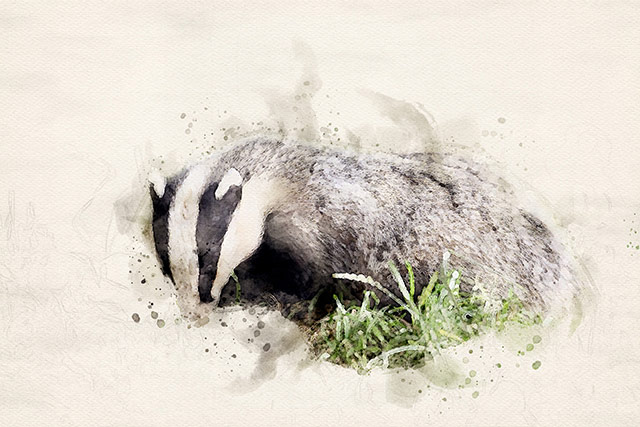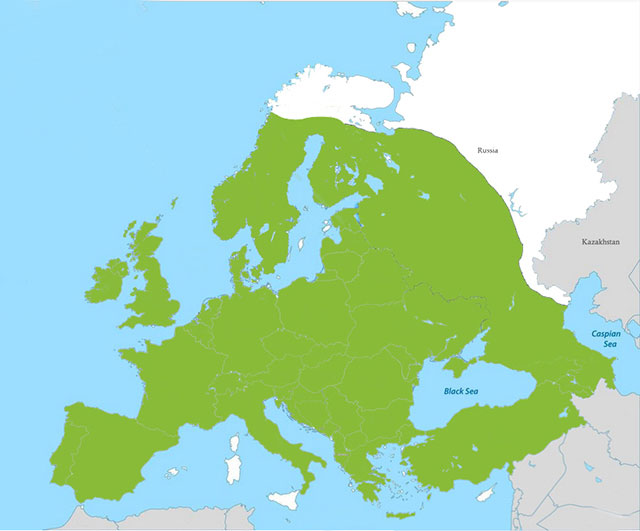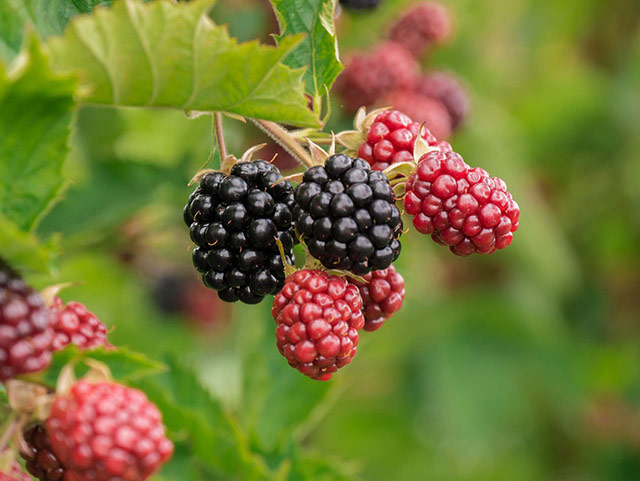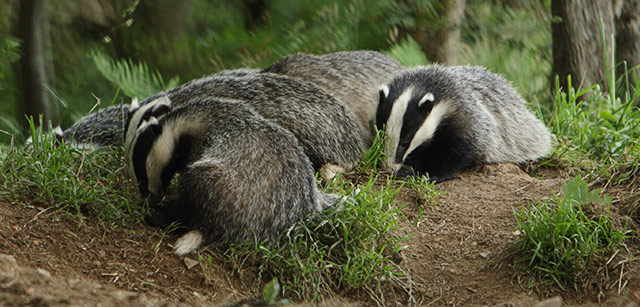
About Badgers
A Brief Guide to Badgers

A Brief Guide to Badgers
Badgers are among the largest and most distinctive mammals, and they’re often considered one of the most beloved. They have a stocky, heavy build with strong limbs. Their heads are easily recognized by their white coloring and the two black stripes running from their ears to just below their noses. The rest of their bodies are usually grey, though variations do occur.
Occasionally, you might spot an erythristic badger, whose coat is sandy-colored, sometimes taking on a reddish hue. Albino badgers are even rarer, with pure white fur due to a lack of melanin. Most badgers weigh just under two stone, around 12 kg but can sometimes weigh more. Their average body length is about three feet, from nose to tail tip.
Like many other mammals, badgers have two layers of fur: a short, stiff undercoat that provides warmth and a longer layer of coarser guard hairs that give them their striking appearance. They shed their fur throughout the summer as part of their natural molting process.
 © Andrew Kelly Photography www.akellyphoto.com
© Andrew Kelly Photography www.akellyphoto.com
Badgers are widespread across the temperate regions of Europe and Asia, stretching from Ireland in the west to Japan in the east. They inhabit all European countries, including Mediterranean islands like Crete and Rhodes, but are absent from the far northern parts of Scandinavia and Russia. Ireland and England currently have the healthiest populations.

In 1995, Dr. Chris Small's The Badger and Habitat Survey of Ireland estimated the population at 200,000 in the Republic of Ireland and an additional 50,000 in Northern Ireland. However, thousands of badgers are killed on roads annually, and many more are likely lost to illegal activities such as farm culling and badger baiting.
The survival of young badgers is precarious, with only half of cubs surviving their first year. Legal snaring, conducted by the Department of Agriculture, Food, and Rural Development (DAFRD), poses another serious threat. Over the past decade, thousands of badgers have been snared under licenses issued by NPWS due to their suspected role in spreading bovine TB. Between 2002 and 2006, DAFRD aimed to eradicate 30% of Ireland’s badger population through a four-year program.
Badgers are omnivores with a diet that varies widely based on local availability. In northern Europe, earthworms are their primary food source, but they also eat:
- Insects and invertebrates like snails, slugs, and beetles
- Small mammals such as rats, mice, young rabbits, and hedgehogs
- Carrion
- Vegetables like carrots, parsnips, and turnips
- Fruits such as apples and blackberries
- Cereals, which they consume by pulling stalks through their mouths to strip the grains.

Badgers make their homes in large, complex underground tunnel systems known as setts. These setts typically have 3 to 10 entrances, which are much larger than rabbit holes—at least 25 cm (10 inches) across—and oval in shape. You can often spot an entrance by the old bedding or excavated soil nearby, and they are frequently built into banks.
Setts consist of extensive networks of tunnels and chambers. One sett excavated in England revealed over 850 meters of tunnels, 50 chambers, and 150 entrances. This isn’t surprising, as badgers inherit their setts, some of which have been in use for centuries.
When the true gestation begins, the sow prepares a secluded birthing chamber within the sett, replacing or airing the bedding for cleanliness. After a 7-8 week gestation, she gives birth to 1-5 cubs, though 2-3 is typical. The cubs are tiny—about 15 cm (6 inches) long and 80-130 grams (3-5 ounces)— and look like miniature versions of adults. Their eyes remain closed for 2-5 weeks, and they nurse for about 3 months.
Within a sett, there is usually a breeding chamber, several sleeping chambers, and even designated latrines. In certain spots, the passa`ges widen to allow badgers to pass each other. Badgers are notably clean animals and regularly air or replace their bedding, helping to eliminate parasites.
Cubs first venture above ground at 8-10 weeks old, usually in early summer. This is when the sow teaches them essential skills like feeding and hunting. Cubs stay with their mother until autumn or winter, becoming independent after about 16 weeks.
Badgers are highly territorial and defend areas of 50 to 150 hectares. Their territories typically include the main sett, additional smaller setts, and foraging grounds. They mark their territory with well-worn paths and scent markers. Like other Mustelids, badgers secrete a strong-smelling substance from their subcaudal glands, which they use to scent paths and latrines.
Badgers are nocturnal creatures, emerging at night to play and forage. They live in social groups, or clans, typically consisting of about six badgers, including a dominant male, a dominant female, and their offspring.
Mating can occur anytime between January and September, after the female (sow) gives birth. This results in a flexible gestation period of 2 to 9 months, made possible by delayed implantation. During this period, the fertilized egg develops into a small cluster of cells (blastocyst) but doesn’t implant into the womb until conditions are favorable. This phenomenon, also observed in other Mustelids, is thought to be triggered by changes in daylight hours.
 © Andrew Kelly Photography www.akellyphoto.com
© Andrew Kelly Photography www.akellyphoto.com